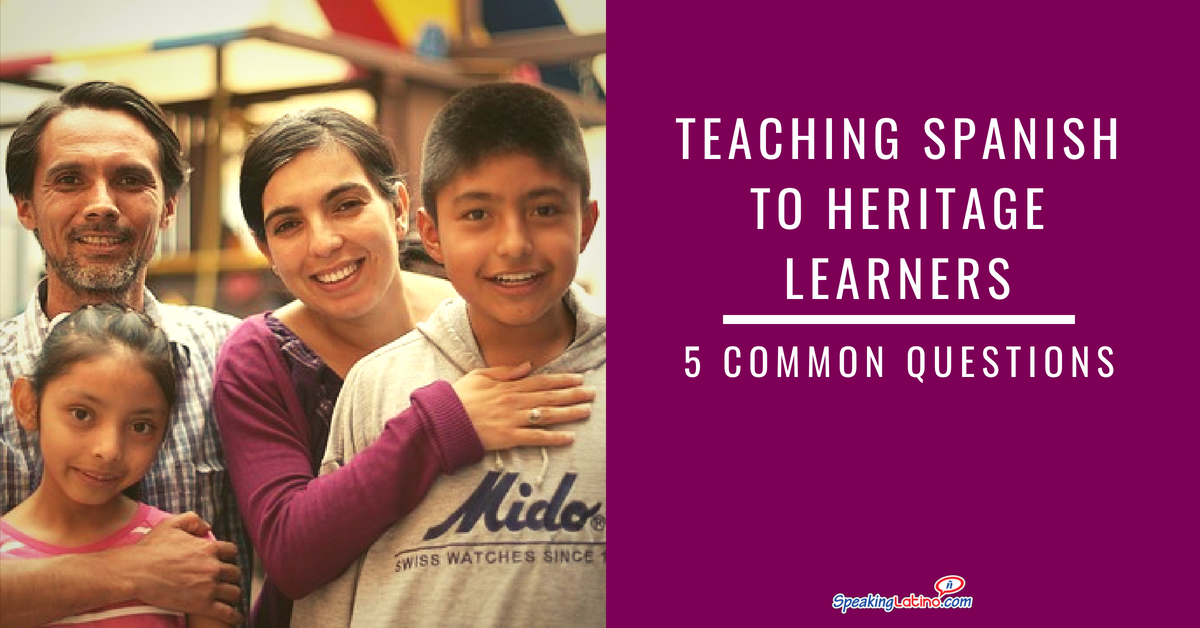
Teaching Spanish heritage learners is one of the hottest topics in Spanish teaching circles at the moment. Not only is it a new challenge facing Spanish teachers, many of them were never taught the unique challenges teachers face when having heritage learners in their classrooms.
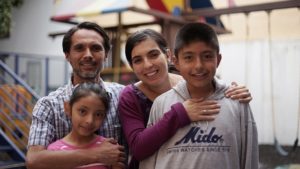
1. First of all, what do you mean by heritage learner?
What exactly is a heritage language learner? Great question!
In 2000, Guadalupe Valdés of Stanford University coined a definition of heritage learner that is widely circulated amongst educators today: a heritage learner is “a student who is raised in a home where a non-English language is spoken, who speak or merely understand the heritage language and who is to some degree bilingual in English and the heritage language.”
So, a heritage language learner is any student who has some level of skill and/or a cultural connection to a particular language.

Some heritage learners are young people learning a language according to the wishes of an older generation. These language learners experience the learning process differently than those heritage learners whose motivations are primarily academic and/or driven by necessity.
Spanish heritage learners often hear and speak Spanish in their homes, and because their families and wider communities speak Spanish, many heritage learners experience an emotional and cultural connection to the language as well as a linguistic one.
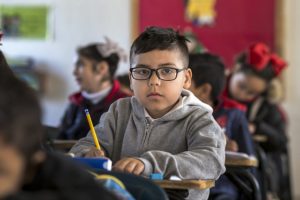
2. Why might a heritage learner appear in my classroom? I thought Spanish class is for students who don’t yet know Spanish.
As the population of native Spanish-speakers in America grows, more and more Spanish teachers are finding heritage learners in their classrooms, often seated right next to students who have very little experience with Spanish. Though academic studies have shown that heritage learners learn best when they are in a class customized for their unique needs, most school systems do not yet have sufficient resources and staffing in place to create new courses just for heritage learners.
So chances are, you will be meeting Spanish heritage learners in your Spanish classrooms at some point in your teaching career. Though this kind of mixed classroom brings all sorts of challenges, there are bright sides to the arrangement.

3. What do you mean by challenges?
A blended (mixed) classroom takes the concept of differentiation to a whole new level.
Meeting the needs of students whose needs are so varied means that teachers need to be prepared in ways they perhaps aren’t expecting.
Here are some examples of what we mean by varied needs:
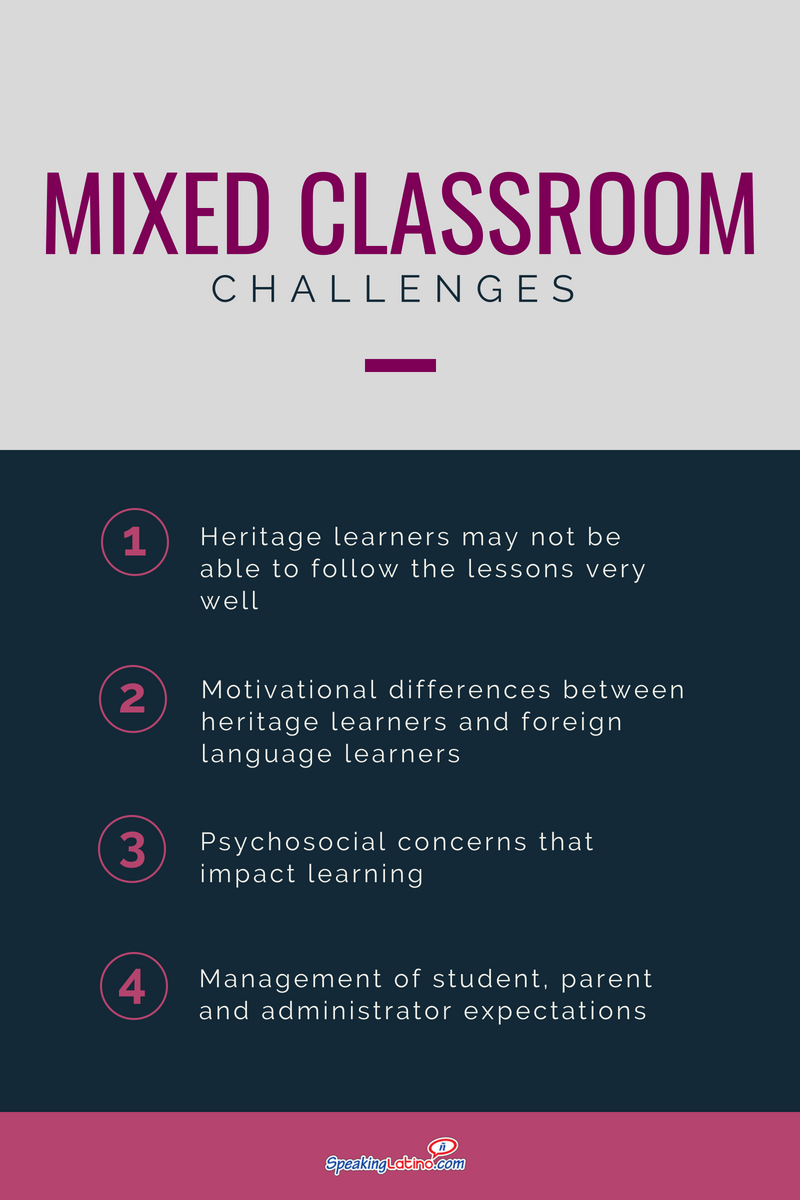
● Spanish foreign language learners often speak English as their native language, while heritage Spanish learners may or may not speak much English. If teachers of introductory Spanish are teaching mostly in English, heritage learners may not be able to follow the lessons very well. As well, some heritage learners who speak Spanish may not yet be able to read and write in Spanish, so handouts, textbooks, and notebooks may not be useful to them at first.
● Additionally, motivational differences between heritage learners and foreign language learners can be a challenge for teachers.
Some foreign language learners choose to learn Spanish out of a genuine desire to learn how to communicate in Spanish or out of an expectation that speaking Spanish will help them in the job market. Others have dreams of traveling to Spanish-speaking countries. Some merely choose to take Spanish to fulfill the needs of a graduation requirement.
Generally speaking, these students will want to go on to the next level of Spanish language coursework so they can move forward with their educations. Heritage learners may also want to do well for the same reason, but emotional pressures that are driven by notions of identity and personal culture may compete with academic motivations and complicate matters in unexpected ways.
● Even more complicated are psychosocial concerns that impact learning; for example, what if there is a perception that high academic achievement is reserved for students of a certain ethnicity or demographic? Or, what if heritage learners are resistant to learning Spanish because they are pressured to speak English in other areas of their lives?
These kinds of confusing messages all make learning difficult, which means that Spanish teachers have a big job in front of them.
● Another challenge for teachers is in the management of student, parent and administrator expectations, which always seem to vary from student to student, no matter if they are heritage learners or not.
Spanish foreign language learners may not understand why heritage learners are in “their” class, while heritage learners may struggle to connect socially if a significant language barrier exists.
Parents may have similar concerns, and often the teacher is the most accessible person whom they can ask about the impact of heritage learners on their students’ academic experience. Administrators are responsible for the school at large, so they too will be wondering how a blended classroom will impact test scores and future allocation of resources.
Clearly, differentiating your teaching according to the needs of heritage learners and foreign language learners brings up all sorts of questions. Let’s learn about the bright sides to these challenges.
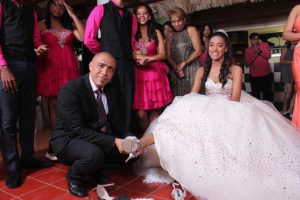
4. How can I emphasize the benefits of a mixed classroom to myself and to my students?
Blended classrooms offer teachers and students countless opportunities for the exchange of cultural insights and the creation of cross-cultural friendships. Twenty-first century learning skills around diversity and inclusion continue to grow in popularity due to their proven enhancement of student performance later in life.
Many teachers in other subject areas struggle to find authentic opportunities for students to connect with lesson plans that are genuinely embrace diversity. In contrast, Spanish teachers of blended classrooms don’t have too look far to locate such opportunities!
Both heritage learners and foreign language learners have a lot to gain from each other if their interactions are thoughtfully facilitated by well-informed teachers.

Teachers can promote community building and increased understanding by including parents and families of heritage learners in the teaching process.
Culture projects are a critical element of any Spanish curriculum; instead of hunting for an impersonal video that conveys little emotional value to students, invite family members of heritage learners to the classroom to share their culture, their food, and other important aspects of their cultural identity.
In addition to providing students with a genuine cultural experience, such moments can also give willing and enthusiastic families who feel they exist on the periphery a way to feel more involved, enhancing the potential for cross-cultural friendships in the classroom and in the wider community.

5. So what should I do to get ready for my blended classroom?
Another great question. First of all, contact your administrator or department head well before the start of the school year to find out in advance if you will have heritage learners in any of your classes.
If you do, the first steps you can take to prepare for your blended classroom will revolve around learning a bit more about the families soon to join your Spanish class. What countries do they represent? What kinds of social issues are impacting that country at the moment?
As well, take this opportunity to check in with yourself. How do you feel about working with a blended classroom? Apprehension is natural whenever a new and unknown situation arises, so reach out to us, to your colleagues and to your department head, and to any mentors for support.
The Speaking Latino Spanish Teachers Community is a great way to connect with other Spanish teachers.